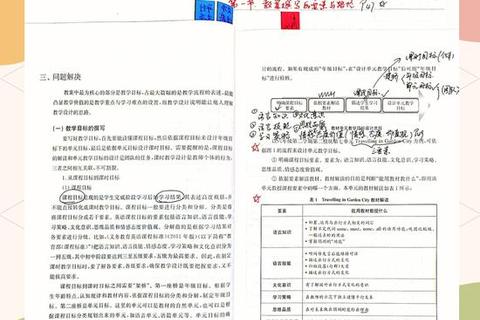Navigating the English II Exam: Strategic Insights for High-Frequency Topics and Practical Skills
For candidates preparing for the English II exam, understanding recurring themes and refining actionable strategies can transform preparation from overwhelming to systematic. This guide delves into the core areas of focus, evidence-based learning techniques, and tactical approaches to maximize performance.
1. The Significance of High-Frequency Topics

The English II exam evaluates language proficiency through structured modules: reading comprehension, translation, and writing. Analyzing past papers reveals patterns in question types, vocabulary emphasis, and grammatical structures. For instance, topics like environmental sustainability, technological advancements, and cultural exchange frequently appear in reading passages. Similarly, complex sentence patterns (e.g., passive voice, conditional clauses) and transitional phrases (e.g., however, moreover) dominate translation and writing sections.
Why Prioritize These Topics?
2. Deconstructing High-Frequency Test Components
Reading Comprehension: Beyond Surface Understanding
Reading sections often test inferential skills rather than literal comprehension. For example, questions may ask candidates to identify the author’s tone, deduce implicit meanings, or evaluate arguments. A 2022 study on language testing emphasized that over 60% of reading errors stem from misinterpreting contextual clues rather than vocabulary gaps.
Actionable Strategy:
Translation: Bridging Linguistic and Cultural Gaps
Translation tasks assess both grammatical accuracy and cultural fluency. Common pitfalls include literal translations of idioms (e.g., “冰山一角” to “the tip of the iceberg”) and mismatched tenses.
Actionable Strategy:
Writing: Structure Over Complexity
High-scoring essays prioritize clarity and coherence over advanced vocabulary. Examiners value logical progression (introduction → analysis → conclusion), appropriate connectors (furthermore, in contrast), and error-free syntax.
Actionable Strategy:
3. Evidence-Based Preparation Frameworks
Research in educational psychology underscores the effectiveness of spaced repetition and active recall. A 2021 meta-analysis found that students using these techniques retained 75% more content than those relying on passive review.
Implementation Tips:
4. Avoiding Common Pitfalls
5. Synthesizing Knowledge into Exam Performance
In the final weeks, shift focus from broad learning to precision tuning:
Final Thoughts
Success in the English II exam hinges on strategic preparation, not just hard work. By mastering high-frequency topics, adopting research-backed methods, and simulating real-test scenarios, candidates can approach the exam with confidence. Remember, consistent, targeted effort outperforms sporadic intensity. Let data-driven insights guide your journey from preparation to achievement.


